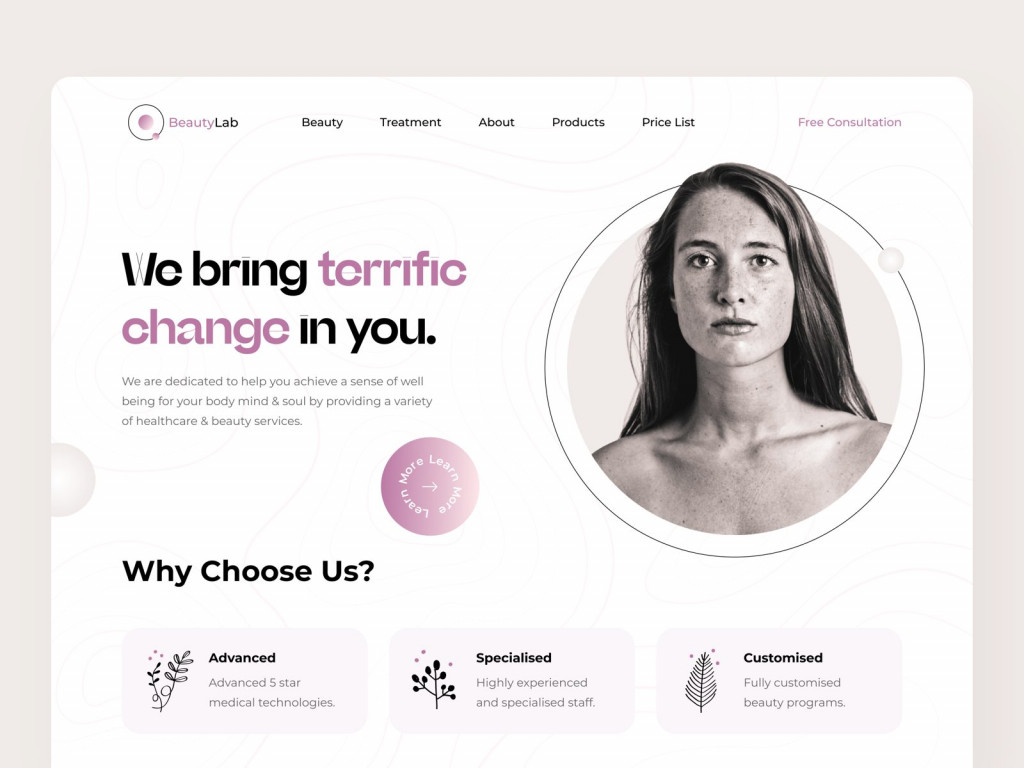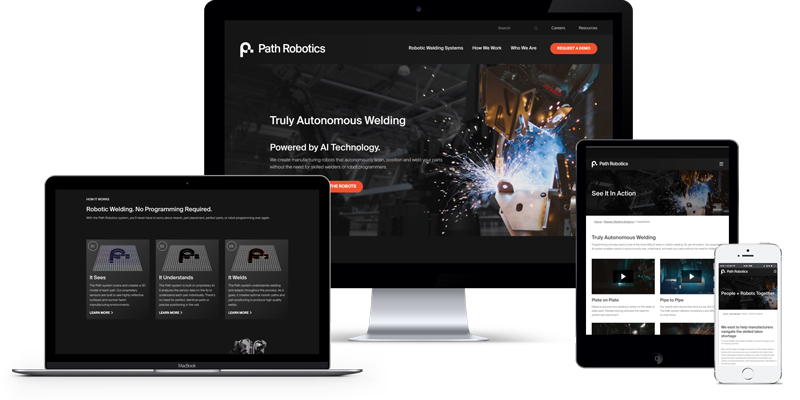
Crafting a User-Friendly Experience: Crucial Elements of Reliable Web Site Style
In the world of website layout, the value of crafting an easy to use experience can not be overstated. Important components such as a clear navigating structure, responsive design principles, and fast packing times serve as the foundation for engaging customers properly. Additionally, an instinctive interface combined with available content guidelines guarantees that all individuals, regardless of ability, can browse with simplicity. Yet, in spite of these essential concepts, several web sites still fail in delivering this smooth experience. Comprehending the hidden elements that add to reliable style can clarify exactly how to boost customer complete satisfaction and engagement.
Clear Navigation Framework
A clear navigating structure is basic to efficient site layout, as it straight influences individual experience and interaction. Users should have the ability to find details easily, as instinctive navigation decreases aggravation and urges exploration. An efficient layout enables visitors to comprehend the connection between various pages and material, leading to longer website check outs and enhanced interaction.
To achieve clearness, designers need to utilize familiar patterns, such as top or side navigation bars, dropdown food selections, and breadcrumb routes. These components not only enhance use however additionally provide a sense of orientation within the site. Keeping a consistent navigating structure across all pages is important; this experience aids individuals expect where to find wanted information.
Furthermore, integrating search capability can further help customers in locating certain web content promptly. In summary, a clear navigating structure is not just a style selection; it is a calculated component that considerably influences the total success of a website by promoting a efficient and delightful customer experience.
Responsive Style Principles
Efficient website navigation sets the stage for a smooth individual experience, which ends up being much more essential in the context of receptive layout principles. Receptive layout makes certain that internet sites adjust fluidly to numerous screen sizes and positionings, improving accessibility throughout devices. This flexibility is attained through flexible grid formats, scalable pictures, and media queries that enable CSS to readjust styles based on the tool's qualities.
Secret concepts of responsive style include liquid formats that use percents instead of repaired systems, making certain that aspects resize proportionately. In addition, using breakpoints in CSS enables the design to change efficiently in between different gadget sizes, optimizing the design for each and every display type. Making use of receptive photos is likewise vital; images must automatically get used to fit the display without losing quality or creating design changes.
Furthermore, touch-friendly user interfaces are important for mobile users, with adequately sized buttons and instinctive gestures enhancing individual interaction. By incorporating these concepts, designers can produce internet sites that not only look visually pleasing yet additionally supply useful and interesting experiences across all devices. Ultimately, efficient receptive style promotes user fulfillment, minimizes bounce rates, and urges longer involvement with the web content.
Fast Loading Times
While customers progressively anticipate sites to load quickly, quickly filling times are not simply an issue of ease; they are crucial for preserving visitors and boosting total individual experience. Research study shows that individuals try this out normally desert sites that take longer than three seconds to lots. This abandonment can lead to raised bounce rates and decreased conversions, inevitably damaging a brand's online reputation and revenue.
Quick packing times boost user interaction and complete satisfaction, as site visitors are extra likely to discover a website that reacts swiftly to their interactions. In addition, online search engine like Google focus on speed in their ranking formulas, suggesting that a slow website might have a hard time to attain visibility in search outcomes.

User-friendly User Interface
Quick loading times lay the foundation for an appealing online experience, however they are only component of the equation. An user-friendly interface (UI) is necessary to make sure site visitors can navigate a web site effortlessly. A well-designed UI permits customers to achieve their purposes with marginal cognitive lots, cultivating a seamless communication with the site.
Key elements of an user-friendly UI consist of constant design, clear navigating, and identifiable symbols. Consistency in style elements-- such as shade schemes, typography, and button styles-- assists customers understand just how to communicate with the web site. Clear navigating structures, including rational food selections and breadcrumb trails, make it possible for individuals to find details promptly, lowering disappointment and web boosting retention.
In addition, responses devices, such as hover effects and loading indications, inform customers regarding their actions and the site's feedback. This openness grows trust fund and motivates ongoing interaction. Prioritizing mobile responsiveness ensures that individuals appreciate a natural experience across gadgets, catering to the diverse methods target markets gain access to web content.
Available Content Standards

First, use uncomplicated official site and clear language, staying clear of jargon that may puzzle visitors. Emphasize proper heading structures, which not only help in navigation yet additionally help screen viewers in interpreting material power structures properly. Additionally, provide alternate text for photos to share their definition to individuals who count on assistive modern technologies.
Comparison is an additional important element; guarantee that text sticks out versus the background to enhance readability. Additionally, make sure that video and audio material includes transcripts and subtitles, making multimedia available to those with hearing impairments.
Last but not least, include key-board navigability into your design, enabling customers that can not use a computer mouse to access all website attributes (website design). By adhering to these easily accessible content standards, web developers can produce comprehensive experiences that deal with the requirements of all customers, ultimately improving individual involvement and complete satisfaction
Final Thought
In conclusion, the assimilation of essential aspects such as a clear navigating framework, responsive style principles, fast packing times, an intuitive interface, and obtainable web content guidelines is important for producing an user-friendly web site experience. These elements collectively improve functionality and involvement, making sure that users can easily browse and connect with the site. Prioritizing these layout components not just boosts total contentment but likewise promotes inclusivity, fitting diverse customer needs and preferences in the digital landscape.
A clear navigation structure is basic to efficient internet site style, as it straight influences customer experience and interaction. In summary, a clear navigation framework is not just a design selection; it is a strategic element that substantially impacts the total success of a website by fostering a efficient and enjoyable customer experience.
Furthermore, touch-friendly user interfaces are important for mobile individuals, with properly sized switches and intuitive gestures boosting user interaction.While individuals increasingly anticipate internet sites to fill rapidly, fast filling times are not just a matter of ease; they are essential for maintaining visitors and enhancing general user experience. website design.In conclusion, the assimilation of crucial components such as a clear navigation structure, receptive design concepts, fast packing times, an user-friendly customer interface, and easily accessible web content guidelines is essential for producing a straightforward internet site experience
Comments on “Recognizing the Role of Typography in Website Design Quality”